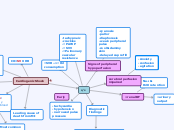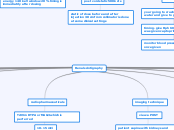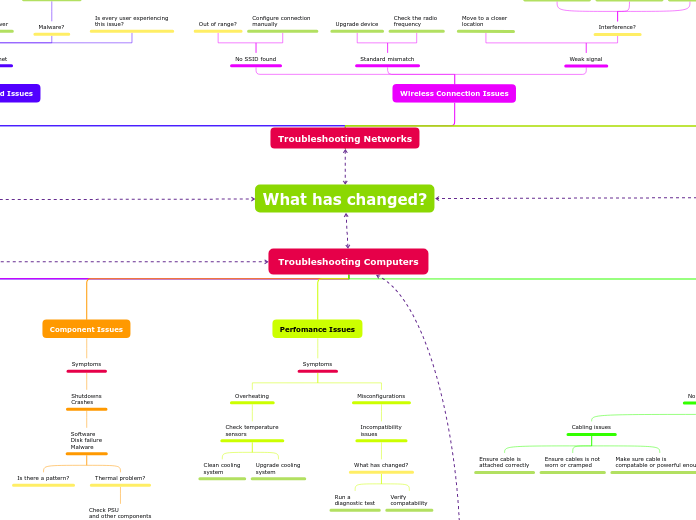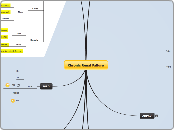von Juana Romero Vor 9 Jahren
585
Cardiogenic Shock
Cardiogenic shock is a severe condition characterized by the heart's inability to pump blood effectively, often resulting from myocardial infarction. This leads to signs of peripheral hypoperfusion, including cyanosis, pallor, diaphoresis, weak peripheral pulse, cool and clammy skin, and delayed capillary refill.









